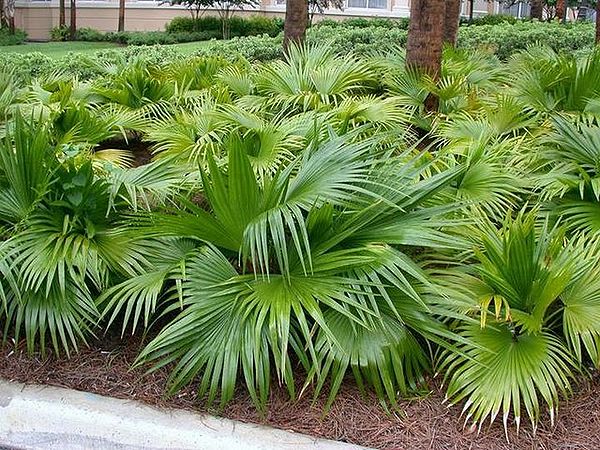
LIVISTONIA CHINENSIS] CHINESE FAN PALM SEEDS FOR SALE HERE QLD AUSTRALIA.
$8 PER 10 SEEDS.ADD $5 PACK/POST CHARGE-AUSTRALIA WIDE

Bermuda, China Southeast, Florida, Hawaii, Japan, Jawa, Kazan-retto, Marianas, Mauritius, Nansei-shoto, New Caledonia, Ogasawara-shoto
Aoshima (Yoshida et al., 2000) and Shikoku (Horikawa, 1972; Suzuki, 1982). In Taiwan on Kisanto Is., and in China on Hainan Is. and formerly recorded in Guangdong Province but now apparently extinct there in the wild. Coastal forests on various soils, often in sand, sometimes in dense mono-specific colonies, otherwise in small isolated colonies.

Hermaphroditic, Solitay palm. Trunk to 15 m tall, 20-30 cm in diam. breast high, leaf scars obscure, roughened and with remnant tissue, light coloured, internodes narrow, irregular, brown to grey with age, petiole stubs not persistent, longitudinal fissures prominent.

Leaves 40-60 in a globose to ovoid crown; petiole slightly arching, to 180 cm long, about 15 cm wide in the middle, adaxially flat or slightly ridged, surface glabrous; margins with single curved spines in the proximal one-half or less or sometimes absent, distal margins otherwise sharp and slightly winged; spines 2-20 mm long, subulate, green to black; leaf-base fibre not prominent, coarse, and disintegrating; lamina costapalmate

Regularly segmented, subcircular to reniform, 120-200 cm long, 120-180 cm wide, light yellowish green on both surfaces, dull to glossy, nonwaxy; lamina divided for 45-55% of its length, with 50-90 segments, depth of apical cleft about 13% of the segment length, apical lobes pendulous; lower segments 2-5 mm wide, filamentous, parallel veins 8-9 each side of midrib; transverse veins thinner than parallel veins; hastula about 3 cm high.

Inflorescence unbranched at the base, 100-120 cm long, not extending beyond the limit of the crown, slightly curving, branched to 3 orders; 6-7 partial inflorescences; rachillae 10-18 cm long, to 9 mm in diameter, glabrous; peduncular bract(s) lacking; rachis bracts tomentose or scaly, loosely tubular, disintegrating into open chartaceous fibres with age, brown, apex acute.

Flowers in clusters of 4-7, subglobose in bud, 2-2.5 mm long, white to yellowish; sepals imbricate, about 1.5 mm long, rounded, margins hyaline, inner surface striate; petals triangular, apically pointed, fleshy, about 2.2 mm long, about 2 mm wide; filaments united at the base, free in the upper part, connective thickish, about 0.5 mm long; anthers about 0.5 mm long; style sharply tapered, about the same height as the anthers. Fruit globose, subglobose, ellipsoid or pyriform,15-26 mm long, 9-18 mm wide, glossy blue-green to bright green; epicarp ceramic-like; suture line extends for full length of fruit, marked with lip-like structures; mesocarp about 1.5 mm wide, fleshy, slightly oily, moderately fibrous, endocarp woody, about 0.5 mm wide; pedicel 2-3 mm long. Seed globose, subglobose to ellipsoid, variously reniform in longitudinal section, about 14 mm long, about 10 mm wide;

Chinese fan palm is not particular about soil. Fertilize twice a year in spring and summer with a good quality slow release fertilizer that contains micro-nutrients. Likes direct sun and bright situations. Young plants look better when grown in part shade. This palm forms a long tap root and can survive extended periods of drought. Provide moisture for more rapid growth.

h no ill effect. They have survived temperatures as low as 15 degrees which burnt the leaves but they recovered and all are still flourishing! They also are resistant to the fungus diseases that attacked other “semi-hardy” palms after sustaining cold damage. Propagation:By seed. If kept warm they will germinate in about 2 months time

Any questions or if buying, contact me HERE


